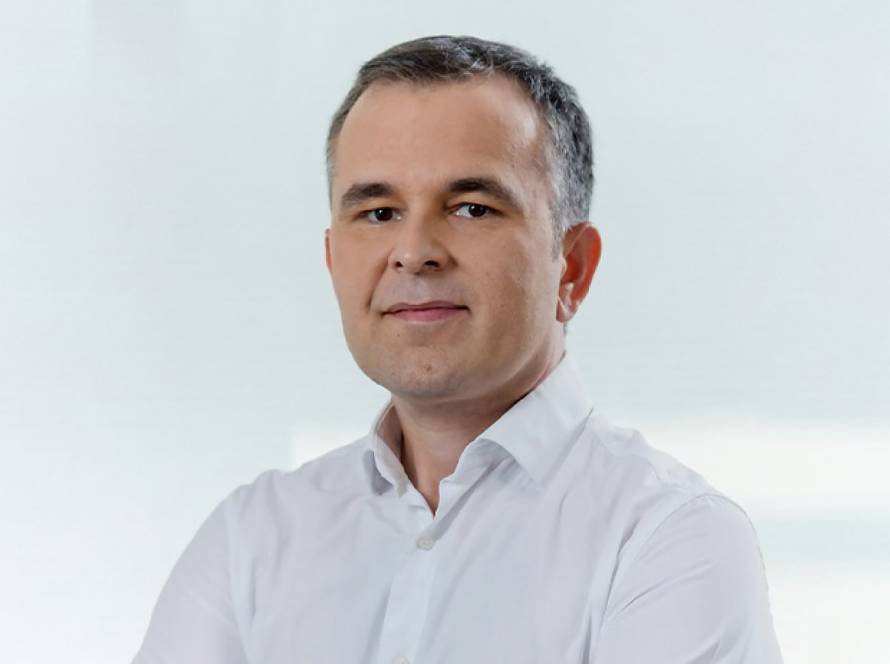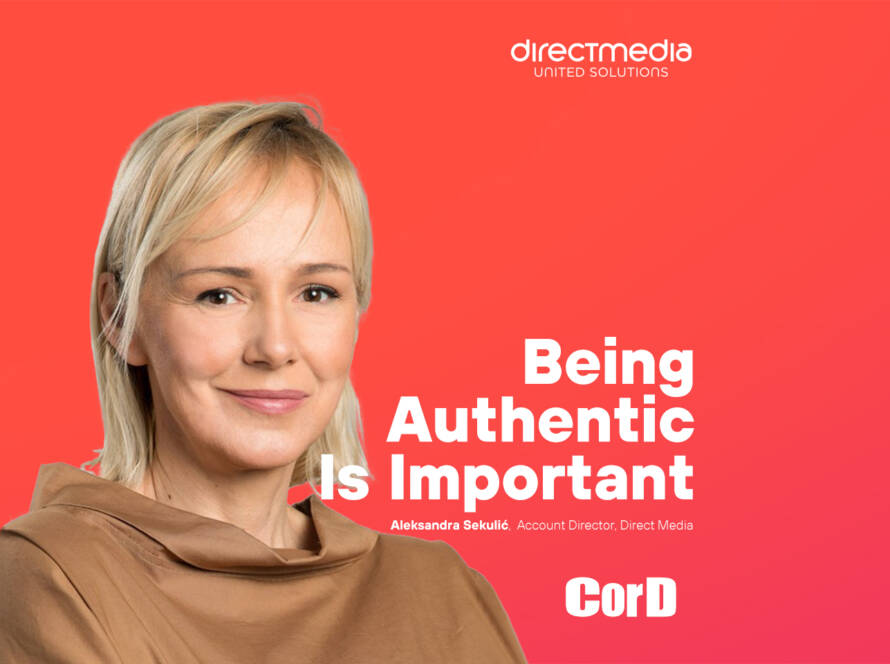At Fusion Communications they believe that agencies have to evolve, listen, learn and adapt to the needs of their clients. The main difference is that this is now on a high-speed train, as opposed to the slow track of just a decade ago
Traditional media companies have adapted to new digital technologies, so companies and brands will utilise all of these possibilities in order to optimise their communication and campaigns. This has brought us podcasting, influencers and so many different forms of social media, followed by different formats on each one…
Cord: In order to meet the needs of your clients, you deal with strategies, planning, trends, platforms, and the creation and disseminating of messages. Are those needs and expectations of clients changing and, if so, to what extent?
Nevena Kurtović: The market is ever-changing, creating a fast-paced environment in which every link in the chain has to be alert and ready to respond to new demands.
The borders of communications services have become blurred and with new trends and market demands come new needs. The pandemic and all other situations around the world had a huge impact – not only on the way we communicate, but also on the way audiences receive our message.
This requires agencies to evolve, listen, learn and adapt to the needs of clients, as we always have. The main difference is that this is now on a high-speed train, as opposed to the slow track of just a decade ago.
Cord: The previous three years, since the outbreak of the pandemic, have been marked by the intense growth of the digital sphere. Will that trend be maintained throughout 2023 or will brands and companies slowly begin returning to traditional media?
Nevena Kurtović: Absolutely! I think we can stop referring to digital as something new, as it is now the standard way of life. And this applies not only in the aspect of communications, media and marketing, but also in business and utility for everyday life. However, brands and companies have never abandoned traditional media, and I truly believe that this won’t change in the foreseeable future either.
Along with all this, we have gained additional outlets to differentiate our message and even more precisely target our audience. We see media taking on different forms – so now we have podcasting as a media outlet, influencers, so many different forms of social media, followed by different formats on each one… Traditional media companies have adapted to new digital technologies, so companies and brands will utilise all of these possibilities in order to optimise their communication and campaigns.
Cord: Technology has, among other things, provided you with numerous tools, additional channels, two-way communication, and the faster and easier sending of messages that now precisely target the intended recipients… But what has it taken away from you? What has been made more difficult?
Nevena Kurtović: I suppose that, just as everything has its positive and negative sides, so does the surge in the use of technology. I could talk more about the positive side, including the vast possibilities we have received, new knowledge and so on. However, I would point out two difficulties that have come from this: a lack of empathy and a lack of face-to-face communication, on one side, and a short attention span on the other.
The overwhelming abundance of messages and content have made it challenging to get your message heard and make it stick. The fast pace is a difficulty to which we not only have to adapt the pace of our work, but also the way we communicate our messages.

